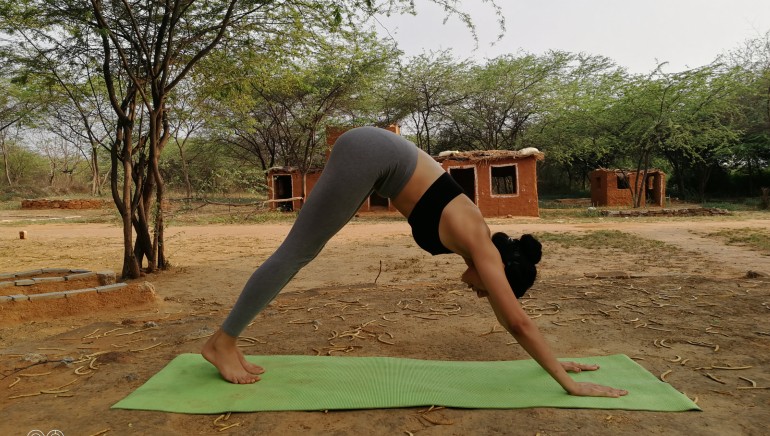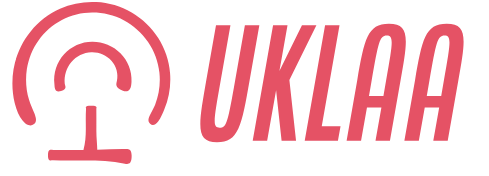Yoga inversion may increase your flexibility, and improve mood. Not all the asanas are complicated. Here are some poses for beginners.
Want to be physically, and mentally stronger? Then invert your body from its usual upright position. Yoga inversion can make you experience significant shifts in your physical and mental state. This practice includes poses or asanas where your head is positioned right below your heart. Seems to be intimidating, but not all the poses are complex. There are also yoga inversion poses for beginners. You just have to start at a comfortable pace, and stop if a pose causes discomfort. This way you can prevent injuries while doing yoga.
What are the benefits of yoga inversion poses?
These poses have many physical and mental health benefits.
- May reduce leg swelling: “Yoga inversion pose like legs-up-the wall can help to minimise leg swelling,” says yoga expert Fenil Purohit. An inverted stretch can increase blood flow, which can help to reduce pain, and swelling in legs.
- Increase circulation: Yoga inversion poses can stimulate blood flow from your pelvic area to your heart, and help to deliver oxygen throughout your body. Inverted asanas may help to lower your heart rate and allow for better absorption and utilisation of oxygen by the body, as per research published in the International Journal Of Yoga in 2011.
- Improve mood: “By changing your body’s orientation, yoga inversion poses can elevate your mood,” says the expert. These poses may release endorphins such as dopamine, and serotonin, that can improve mood, as per research published in Evidence-Based Complementary And Alternative Medicine in 2012.
- Improve flexibility: Yoga is one practice known for its ability to improve flexibility. There is no evidence that yoga inversion poses can specifically help to make you more flexible. But a 2023 study, published in Plos One, showed that practicing yoga in general for 8 weeks can improve flexibility.

Yoga inversion poses for beginners
Here are some beginner-friendly yoga inversion poses:
1. Downward-Facing Dog Pose or Adho Mukha Svanasana
- Begin in a tabletop position, ensuring your hands are aligned under your shoulders and your knees under your hips.
- Tuck your toes and lift your hips towards the sky.
- Straighten your legs (a slight bend in the knees is acceptable) and press your heels down.
- Relax your head between your arms and maintain the pose for 5-10 breaths.
2. Legs-Up-the-Wall Pose or Viparita Karani
- Sit next to a wall, positioning one hip against it.
- Swing your legs up the wall as you recline on the floor.
- Adjust your body so your hips are close to the wall.
- Let your arms rest by your sides and hold this position for 5-10 minutes.
3. Standing Forward Bend or Uttanasana
- Stand with your feet hip-width apart.
- Bend at your hips and fold forward, letting your head hang down.
- Keep your knees slightly bent if necessary.
- Either hold your elbows or let your hands reach the floor, breathing deeply for 5-8 breaths.
4. Bridge Pose or Setu Bandhasana
- Lie on your back with your knees bent and feet flat on the floor, hip-width apart.
- Press your arms and feet into the ground as you lift your hips to do the Bridge Pose.
- Keep your shoulders grounded and, if comfortable, clasp your hands beneath your back.
- Hold for 5 breaths, and gently lower back down.
5. Happy Baby Pose or Ananda Balasana
- Lie on your back and draw your knees toward your chest.
- Grasp the outer edges of your feet with your hands.
- Widen your knees beyond your torso and push your feet toward the ceiling.
- Gently rock from side to side and hold for 5 breaths.
6. Plow Pose or Halasana
- Begin by lying flat on your back with your arms resting alongside your body.
- Raise your legs straight up towards the ceiling, then gently lower your toes towards the floor behind your head.
- For added support, place your hands on your lower back or interlace your fingers together.
- Maintain this position for five deep breaths, then carefully return to the starting position.
7. Supported Shoulder Stand or Salamba Sarvangasana
- Lie on your back with a folded blanket positioned under your shoulders for support.
- Elevate your legs straight up and use your hands to support your lower back.
- Ensure your elbows remain on the ground while keeping your legs perpendicular to the floor.
- Hold this pose for five breaths, then gently bring your lower body back down.
8. Rabbit Pose or Sasangasana
- Begin in a kneeling stance, sitting back on your heels to do the rabbit pose.
- Place the top of your head on the mat in front of your knees.
- Reach back with your hands to grasp your heels.
- Slightly lift your hips to create a gentle stretch, holding for five breaths.
9. Dolphin Pose or Ardha Pincha Mayurasana
- Start in a tabletop position and lower your forearms to the mat.
- Tuck your toes and lift your hips, mimicking the Downward-Facing Dog position.
- Press your forearms firmly into the ground and hold for 5-8 breaths.

10. Wide-Legged Forward Fold or Prasarita Padottanasana
- Begin by standing with your feet spread wide, with your toes gently angled inward.
- Bend at your hips and lower your torso forward, placing your hands on the ground.
- Allow your head to drop down or support it with a block.
- Maintain this position for five deep breaths before gradually rising back up.
“Aim to include yoga inversion poses in your practice twice a week,” says Purohit.
Who should avoid yoga inversion poses?
Yoga inversion poses can be beneficial, but some people should skip them:
- Yoga inversion pose like Plow Pose can elevate blood flow to your head. “This can potentially aggravate hypertension,” says the expert.
- Inversions like Downward-Facing Dog, Plow Pose, and Legs-Up-the-Wall can increase ocular pressure. So, people with glaucoma should not do these asanas.
- Poses that compress the abdomen (e.g., Rabbit Pose,) should be avoided by pregnant women.
- Individuals with neck, shoulder, or back injuries should steer clear of poses like Plow Pose, as they can place undue stress on these areas.
While doing yoga inversion poses, ensure correct alignment to avoid injuries. It is best to take help of an instructor, especially if you are a beginner.
Related FAQs
How long should you hold an inversion yoga pose?
Beginners should hold an inversion yoga pose for about 15 to 30 seconds. At this stage, the emphasis is on developing strength, balance, and proper alignment while avoiding overexertion.
Is the child’s pose an inversion?
Child’s pose or balasana is a simple yoga inversion pose. It is considered a beginner-friendly asana due to its relaxed posture.
Disclaimer: At Health Shots, we are committed to providing accurate, reliable, and authentic information to support your health and well-being. However, the content on this website is intended solely for informational purposes and should not be considered a substitute for professional medical advice, diagnosis, or treatment. Always consult a qualified healthcare provider for personalised advice regarding your specific medical condition or concerns.



